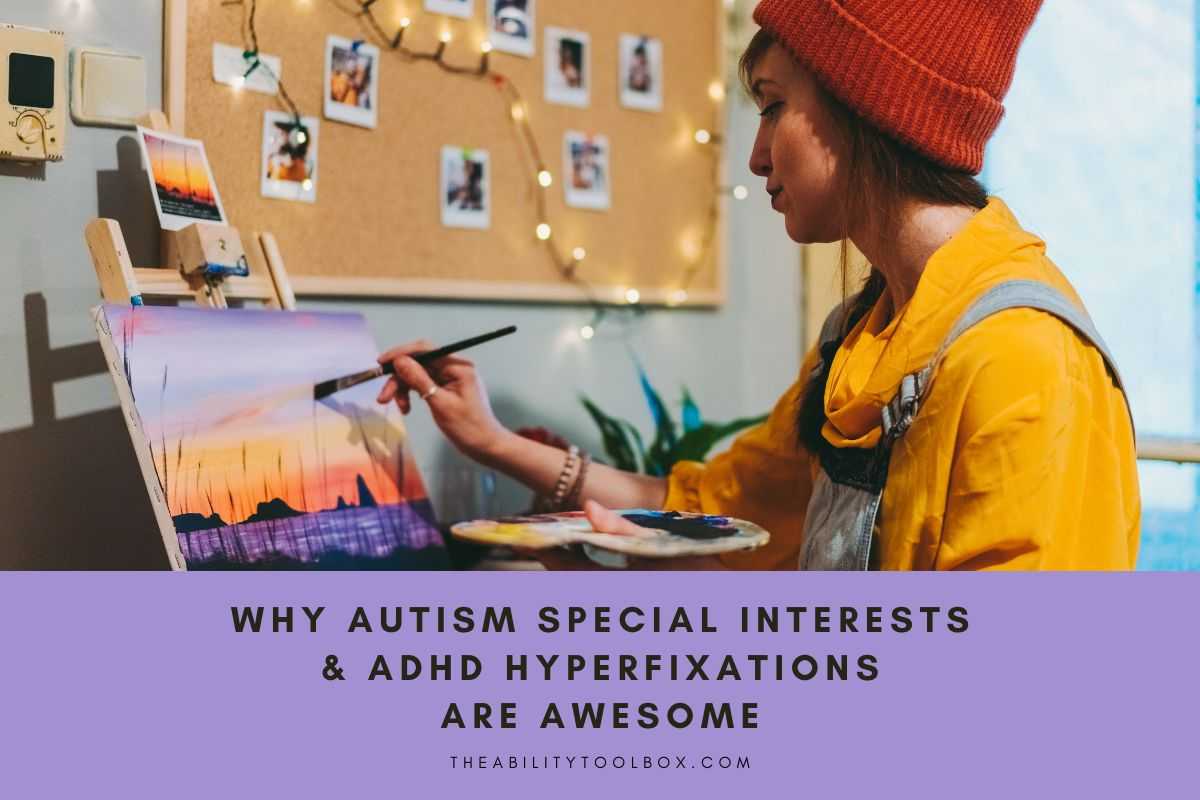
The internet and digital technologies have provided immense convenience to our lives. With a simple tap on a smartphone screen or even just saying “Hey, Siri,” smart technologies help us achieve our goals. This connectivity and ease of use are particularly crucial for individuals with disabilities. Recent data from the Pew Research Center in 2021 reveals that over 50 percent of American adults living with a disability actively use the internet.
Despite the additional technological support often needed by individuals with cognitive, sensory, or mobility impairments, the development of internet technology and digital hardware has brought them numerous benefits, far beyond what was imaginable in the 1980s.
Medical Assistance
Many people facing mobility challenges or mental health conditions worry about accessing timely medical assistance during emergencies. Nowadays, smartwatches and portable monitoring devices can alleviate your concerns. Some offer features like continuous heart rate and blood pressure monitoring, along with the ability to automatically call emergency services when connected wirelessly to a smartphone. The collected data can also serve as a reference for healthcare professionals. This data can help doctors further diagnose patients, as factors such as blood pressure and heart rate can be dynamic. Even if patients arriving at the hospital show no symptoms, doctors can still discern potential clues based on data recorded during episodes, whether they occur at night or at other times.
Online Shopping
For many customers with disabilities, doing the weekly shopping online is preferred due to the challenges encountered while shopping in person. Imagine the disappointment of arriving at a new store only to find it inaccessible for wheelchair users due to the design of the space. Online shopping overcomes these barriers, enabling groceries to be delivered to doorsteps. Some cutting-edge e-commerce platforms create virtual fitting rooms that allow buyers to “try it on” online. Specifically, you only need to upload a full-body photo, and the system can generate an image of you wearing your selected clothing items. It will help you decide on making any purchase at home.
Technologies such as screen magnifiers, speech recognition software, and ergonomic tools assist individuals with disabilities when browsing and selecting products online. As early as 2002, Apple introduced user-friendly displays for individuals with disabilities. The display offers features like color inversion, increased contrast, and grayscale conversion, thus facilitating the online experience for people with visual impairments.
Online Education
Traditional classroom settings can pose challenges for individuals with disabilities when studying and taking exams. Due to mobility issues, individuals with disabilities may find it challenging to attend classes. Visual and auditory impairments, as well as learning disabilities, can also make academic achievement more difficult for them. Therefore, the traditional model of attending school and taking exams can present obstacles for individuals with disabilities. A recent study published by the ADA National Network revealed that online education is the preferred choice for obtaining degrees among individuals with disabilities, specifically those living with mental or chronic illness or mobility impairments.
Luckily, an increasing number of educational institutions in the US and worldwide provide a wide range of online programs that allow students with disabilities to access tertiary education. Online education also broadens disabled students' horizons in various fields of study and employment, making their dreams like obtaining a digital journalism degree or becoming a magazine editor achievable.
The emergence of online education and assessment has led to the development of proctoring software. It is a software ensuring the integrity of online exams and preventing fraud. This technology not only suits the needs of the COVID-19 era when candidates cannot attend exams in person, but also reduces the need for individuals with reduced mobility to physically attend exams. For individuals with disabilities, remote proctoring software allows educational institutions to customize proctoring requirements, promoting inclusion, fairness, and diversity.
Social Life in Forums
Everyone needs to feel connected. For individuals with disabilities, mobility issues not only limit their scope of activities but also impact their ability to connect with others. For example, some individuals with disabilities may rely on sign language, but not everyone they encounter understands sign language.
Additionally, people with disabilities may struggle to empathize with other non-disabled people on certain social topics, such as favorite sports activities on weekends. Besides attending offline community centers such as the YMCA, individuals with disabilities also yearn for the ability to socialize without the burden of disclosing their physical condition to others. They also desire a sense of belonging. Perhaps a forum that brings together people with similar experiences, even if spanning across countries, can help individuals with disabilities find the information they seek more quickly.
By using sign language in Zoom, typing words, and voice input, people with disabilities can engage in online social interactions with more convenience and confidence.
Virtual Museum Tours
Improving the lives of people with disabilities involves more than just convenience — it's about ensuring access to public education and the arts. In light of this, many museums and art galleries now offer online tour services. These tours feature digital versions of masterpieces paired with detailed audio descriptions. It allows individuals with visual or mobility impairments to appreciate the beauty of art anywhere via accessible keyboards and audio technologies that describe images.
While digital technologies may not have initially prioritized disabled people, their significant impact on enhancing the lives of people with disabilities cannot be overlooked. However, improving digital accessibility remains essential for bridging the gap between disabled users and the online world.
Today, accessible facilities and pathways for people with disabilities are commonplace in physical environments. Hopefully, in the virtual realm, users with disabilities will also be able to navigate freely, enjoying the benefits brought by internet technology just like everyone else.
Coffee junkie. Spoonie. Writer about all things chronic illness and mental health. Friend of animals everywhere.








